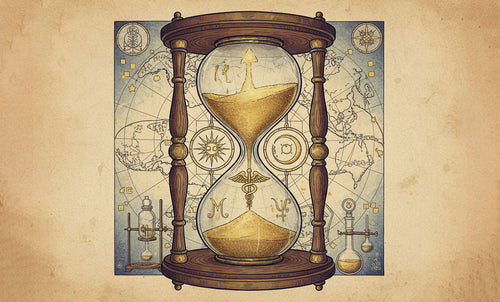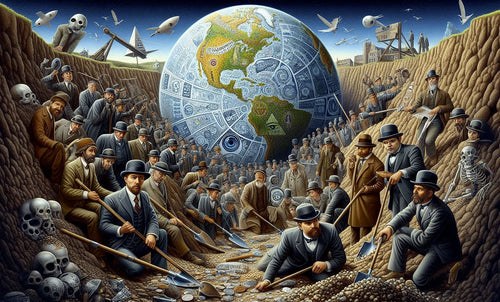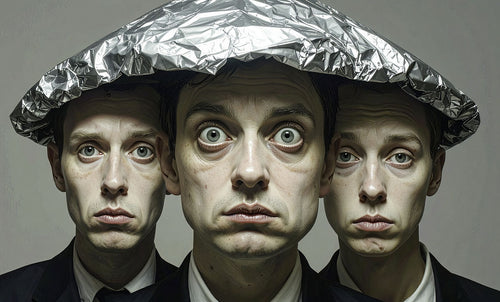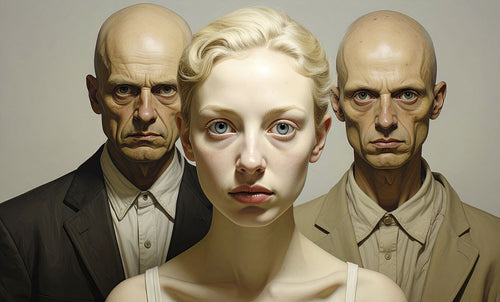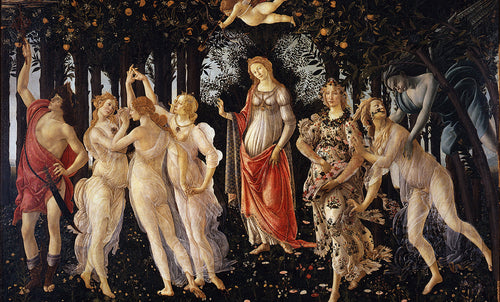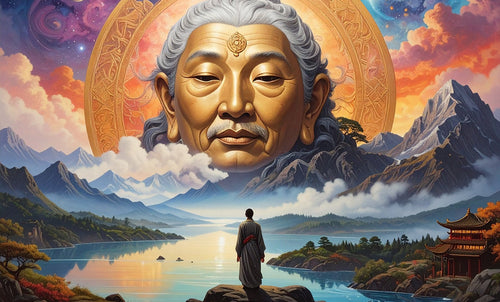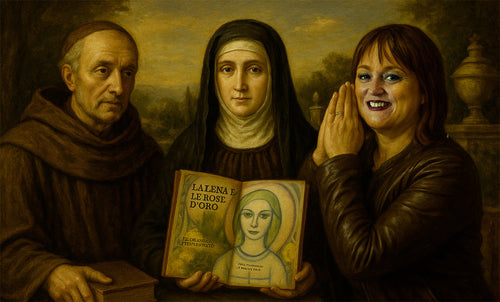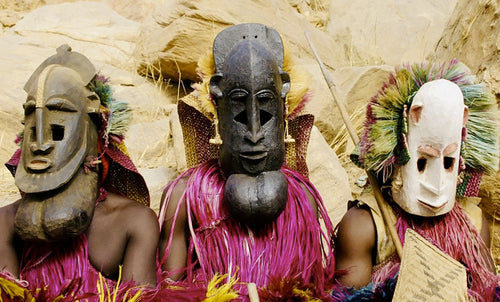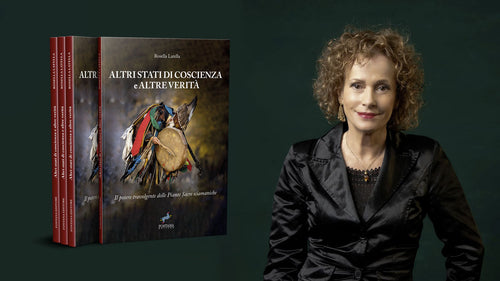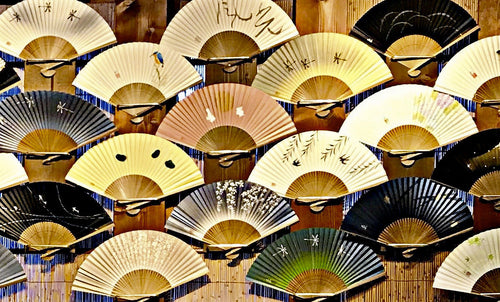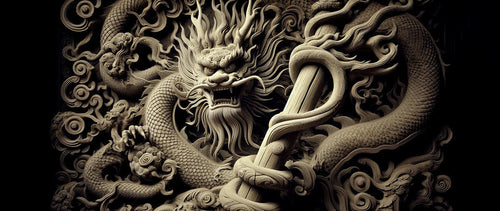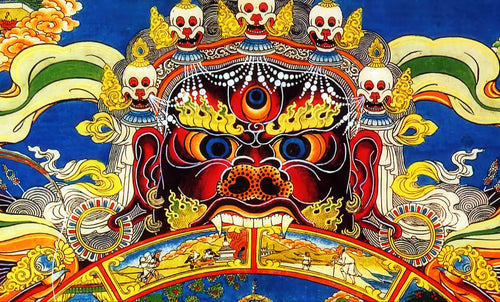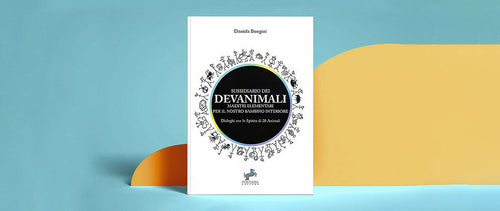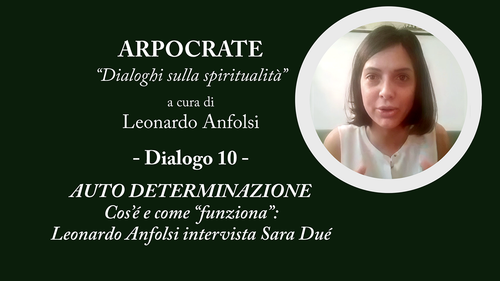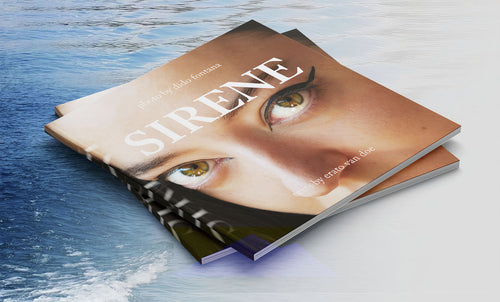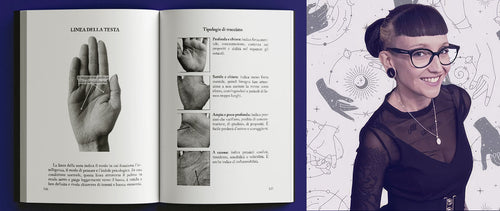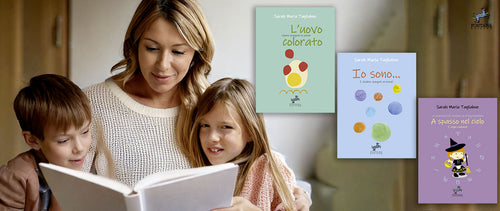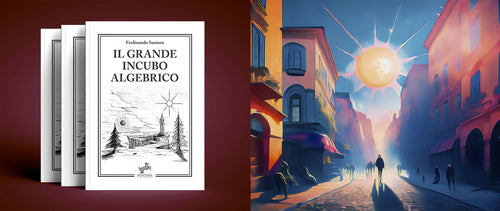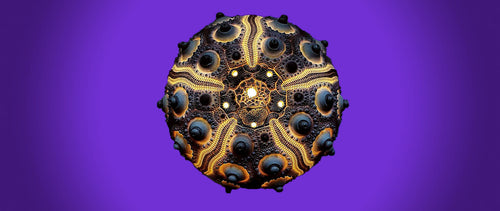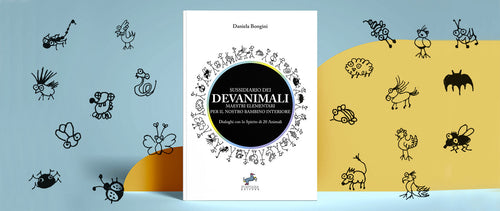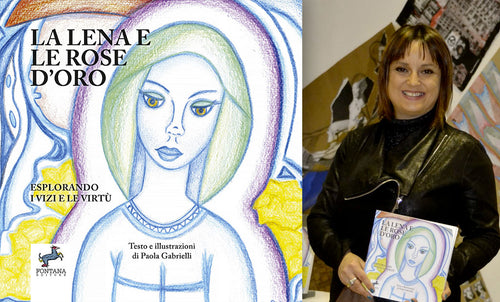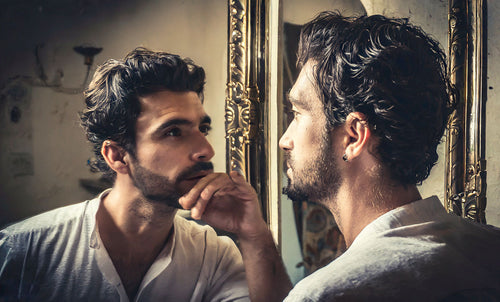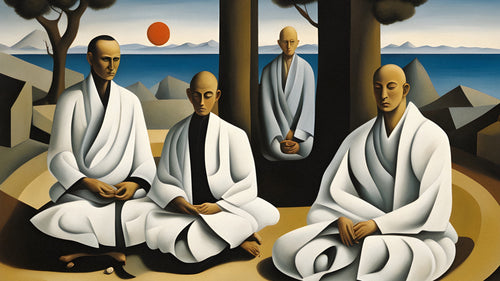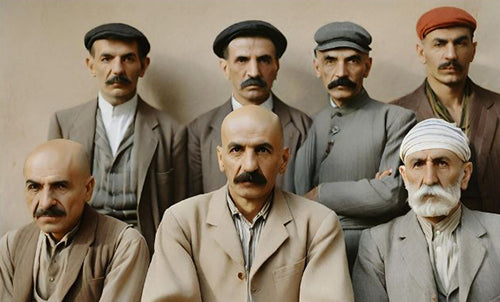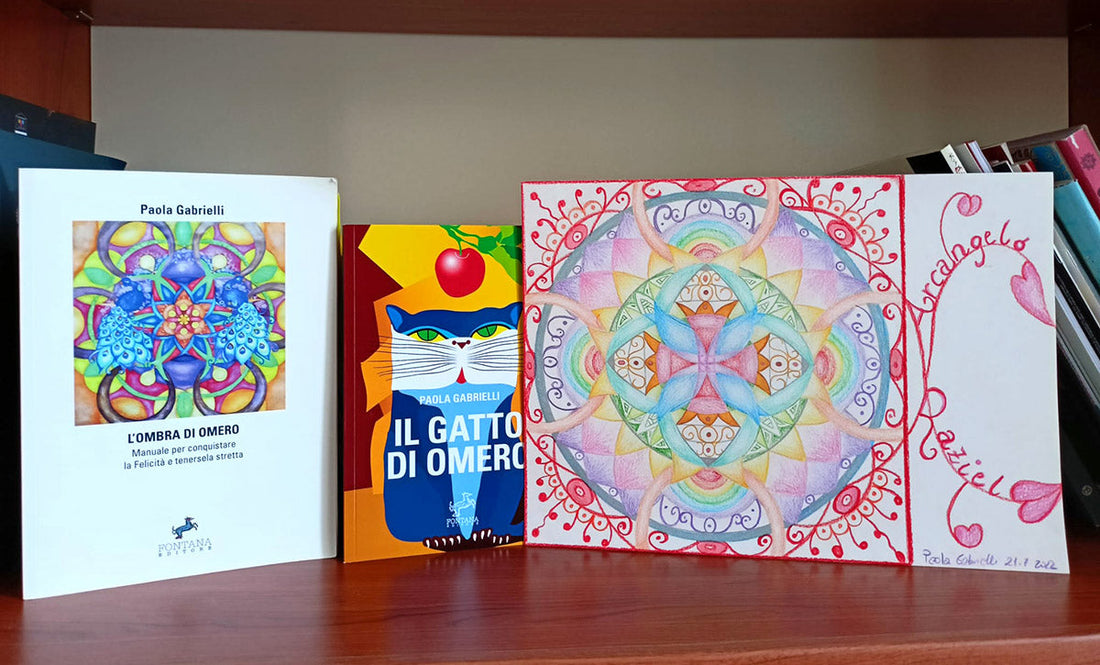
Paola Gabrielli: how to draw a mandala
Paola GabrielliDrawing a mandala is an artistic creation that can help us encounter the profound part of ourselves, the unconscious part that emerges - if left alone - to tell us something about itself through symbols.
It is a practice that comes to us from the East, from the Buddhist tradition, but which, surprisingly, also exists, more covertly, in the West. What are the rose windows of churches and cathedrals if not enormous mandalas of colored glass? But other examples can be discovered in our traditions, especially in architectural works. I invite you to do a little research in this regard.
Paola Gabrielli, writer and artist, has been painting her mandalas for several years, from which she derives pleasure, inner peace and often precious intuitions.
What follows is a small decalogue that Paola gives to our readers, so that they can begin, thanks to this short outline, to approach this beautiful creative/meditative practice. The author is present on various social networks and is available for further information on mandalas.

1. Create your workspace. Diffuse an essential oil into the air that can help you relax. Lavender will work fine, but the choice is yours; It depends a lot on your internal state.

2. Take paper, pencil, eraser and compass. Trace a circle, then another and another... let your imagination guide you and create increasingly complex shapes.

3. Erase everything you don't like and let emerge the only form that you feel belongs to you the most.

4. Let your intuition guide you and choose the colors you like best, without thinking too much. Start coloring from the center and expand outward.
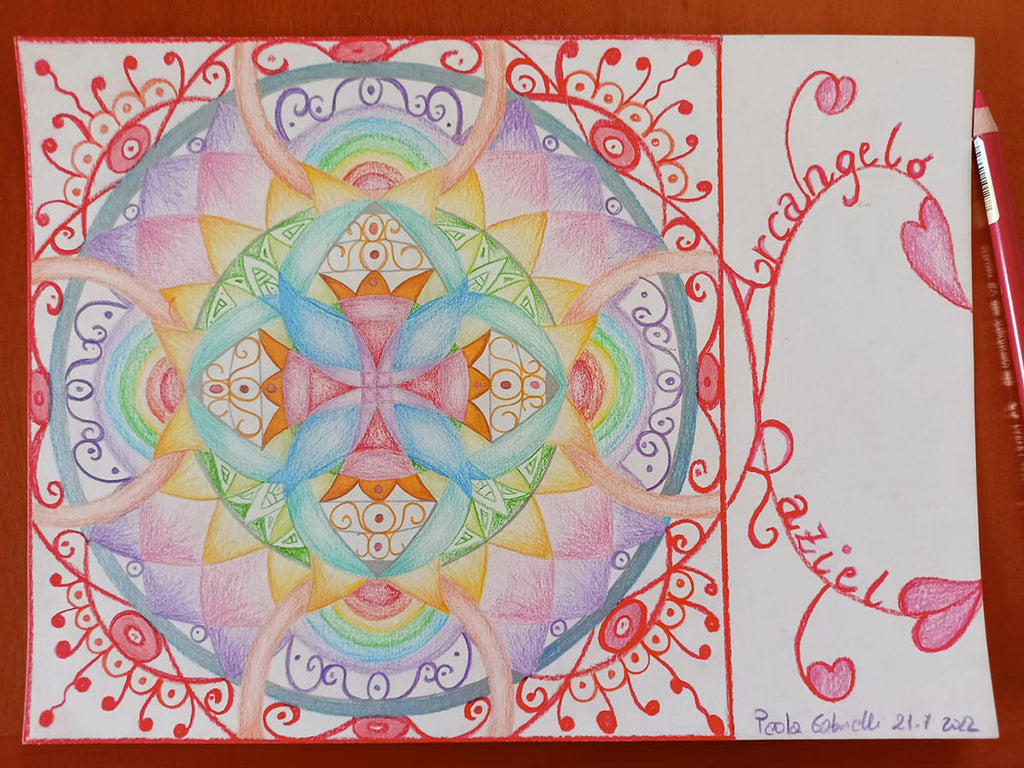
5. As you move outward, you will see figures appear. Pay attention to them! It is the unconscious that speaks to you through symbols.

6. At a certain point you will feel that the drawing is complete. Only then does he put down the paint and observe what has emerged. The mandala speaks to you. Write down everything you feel on a separate piece of paper and observe over the following days what good things happen in your life.


